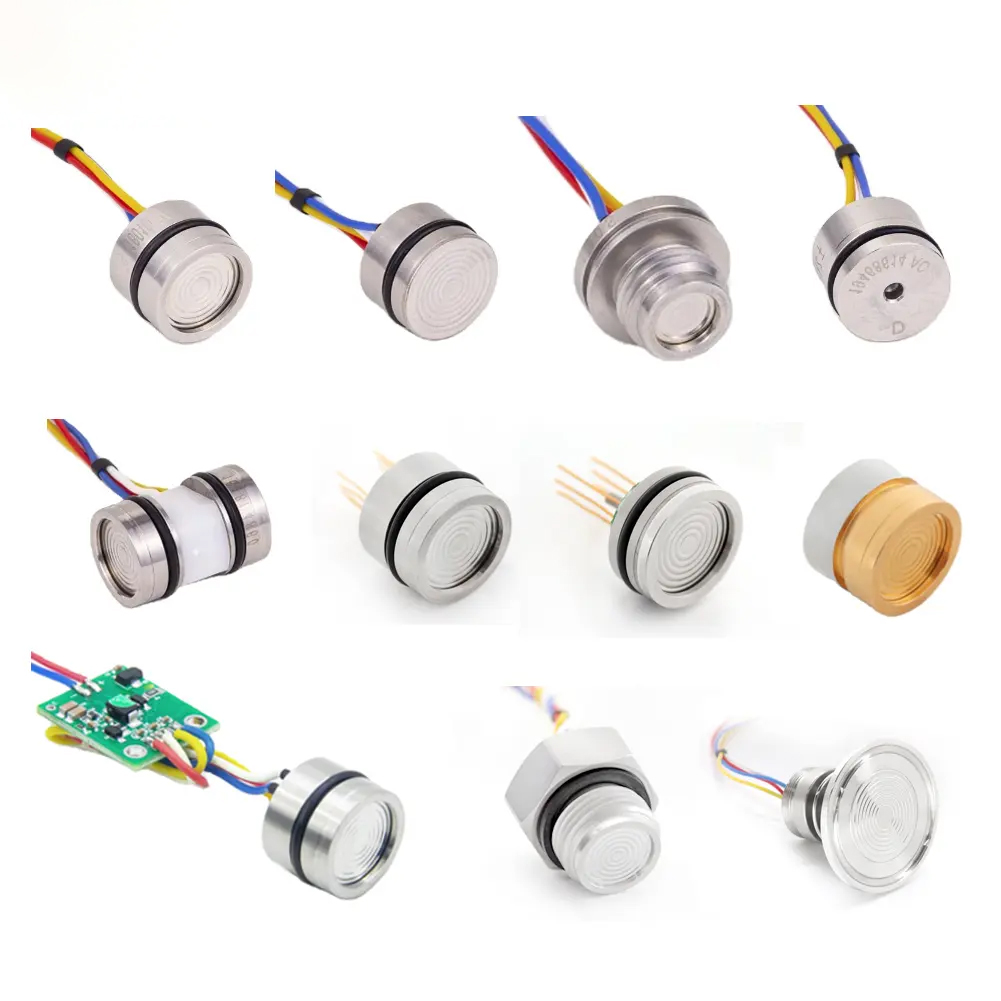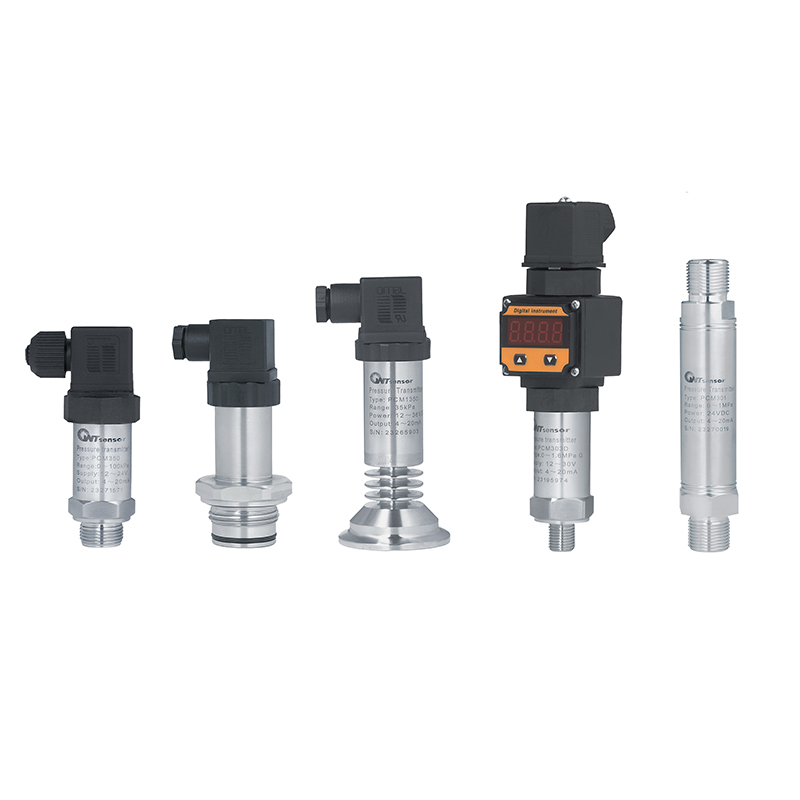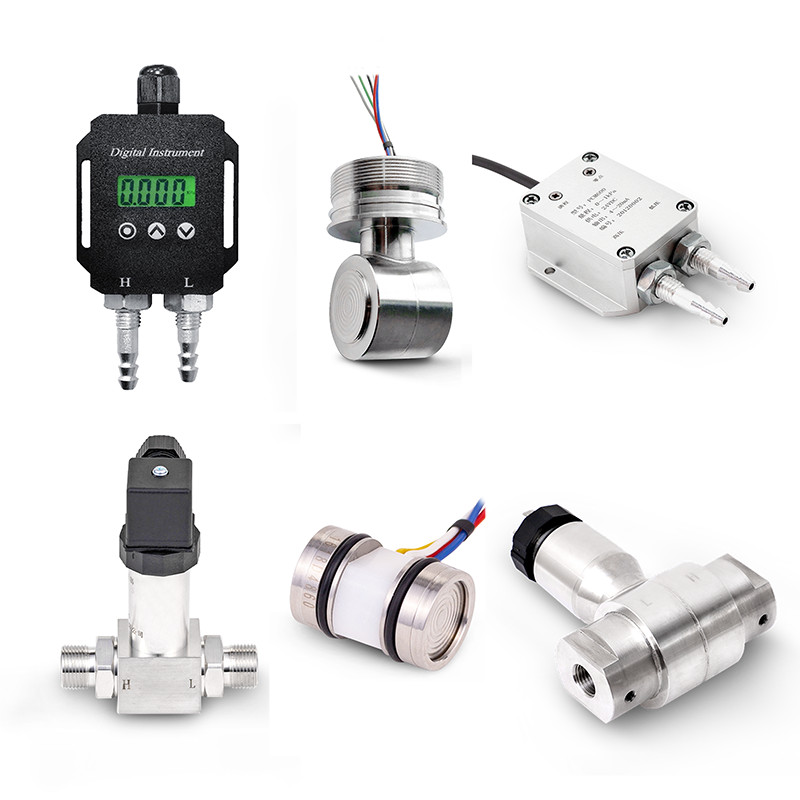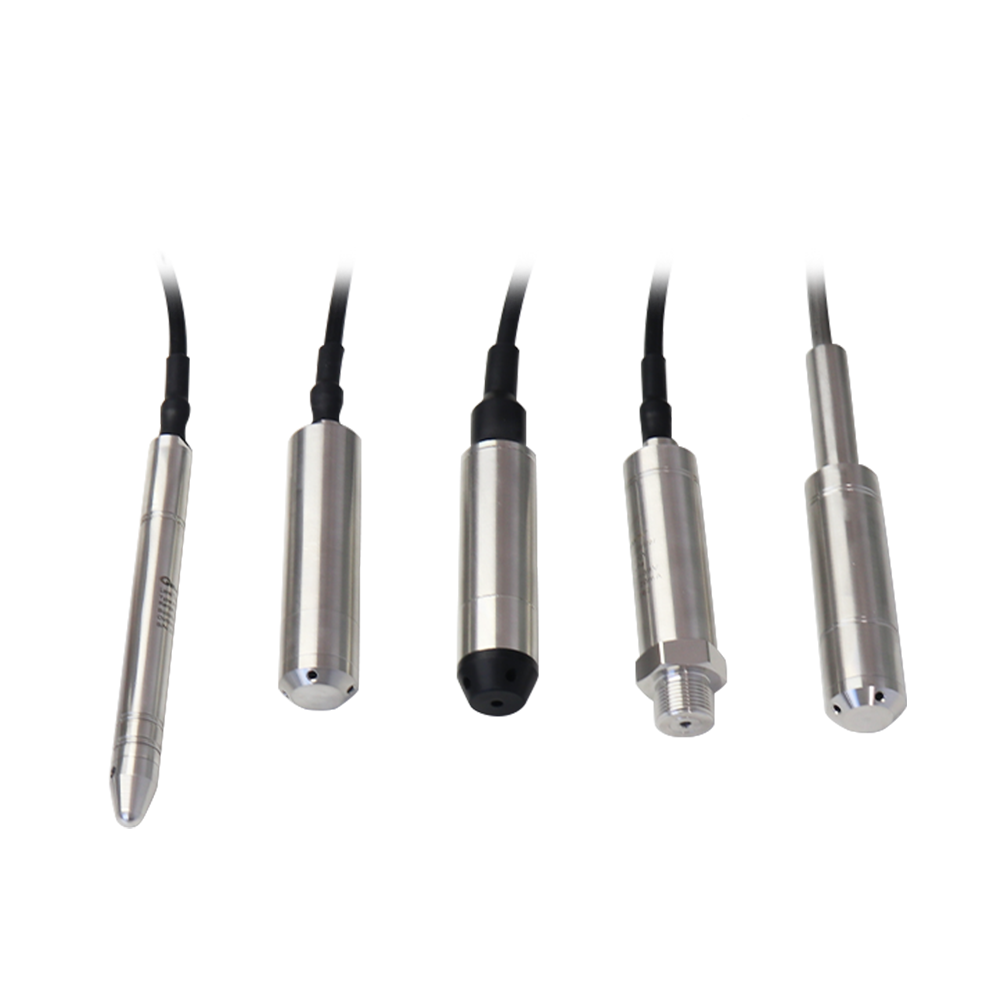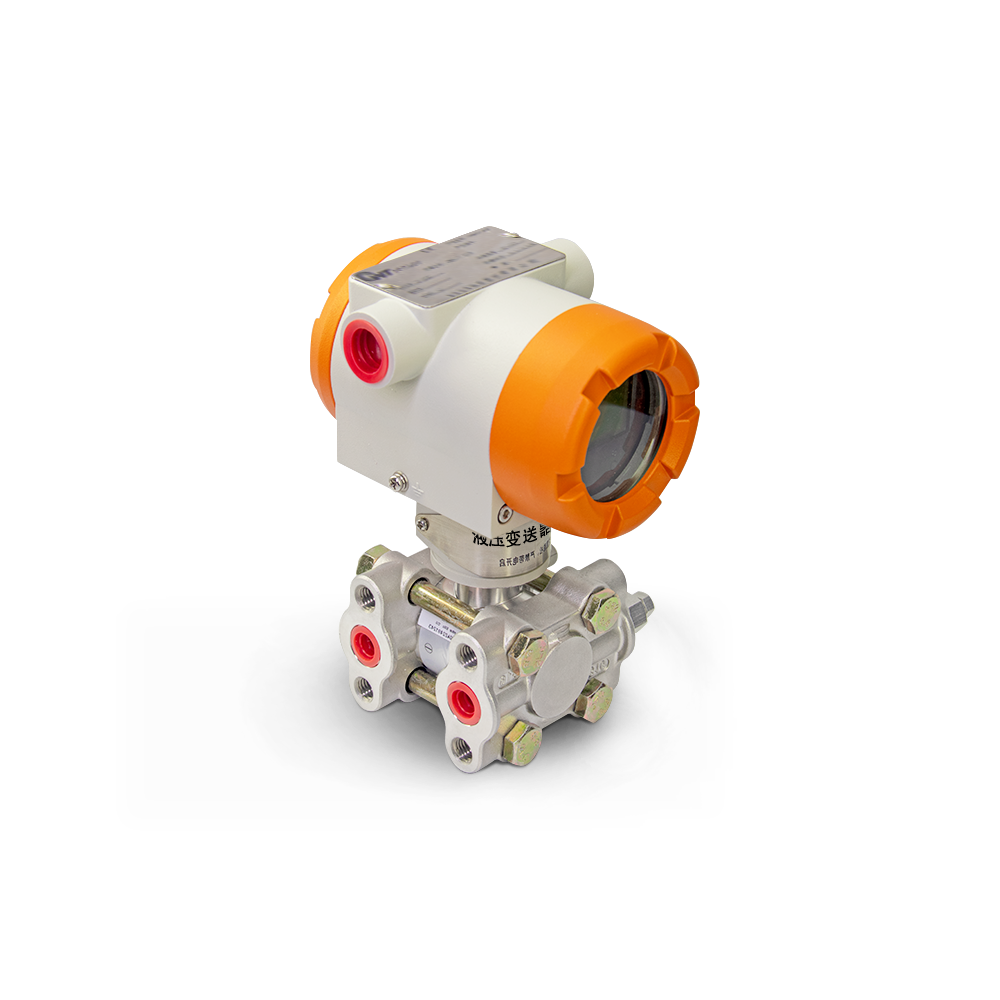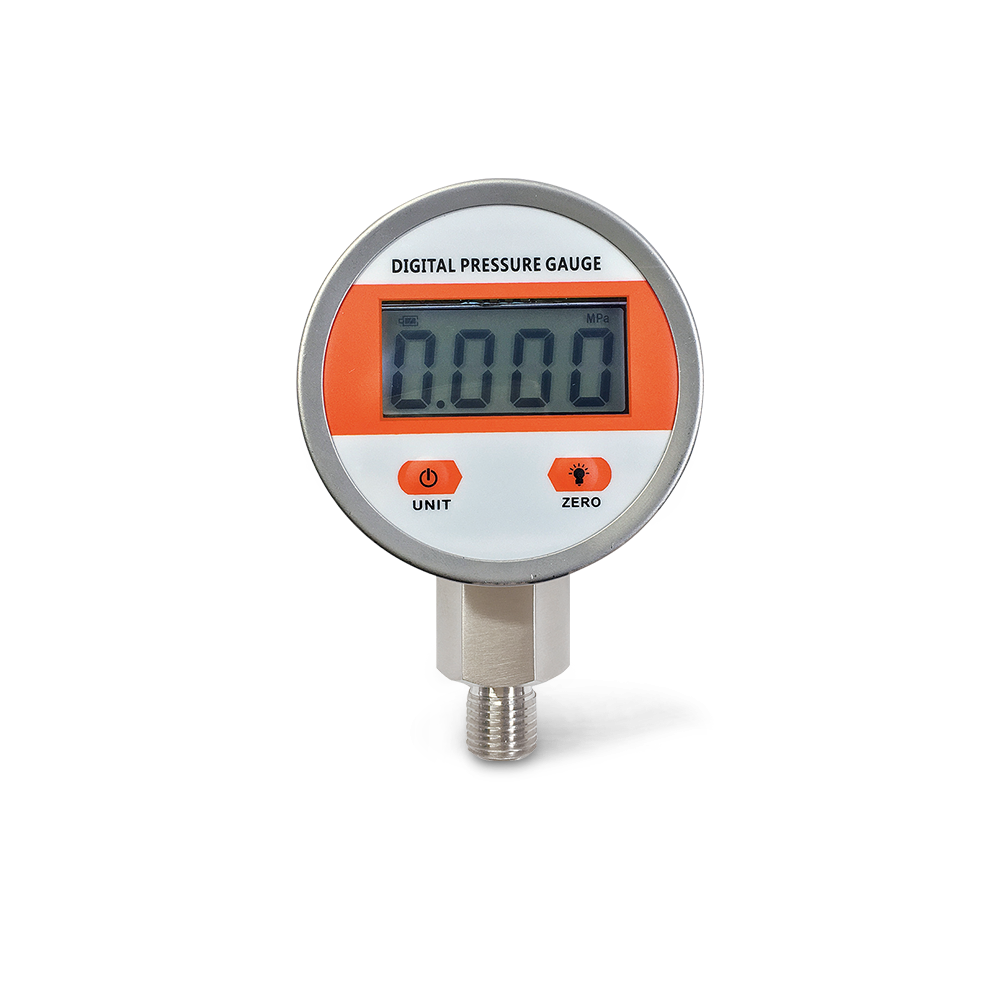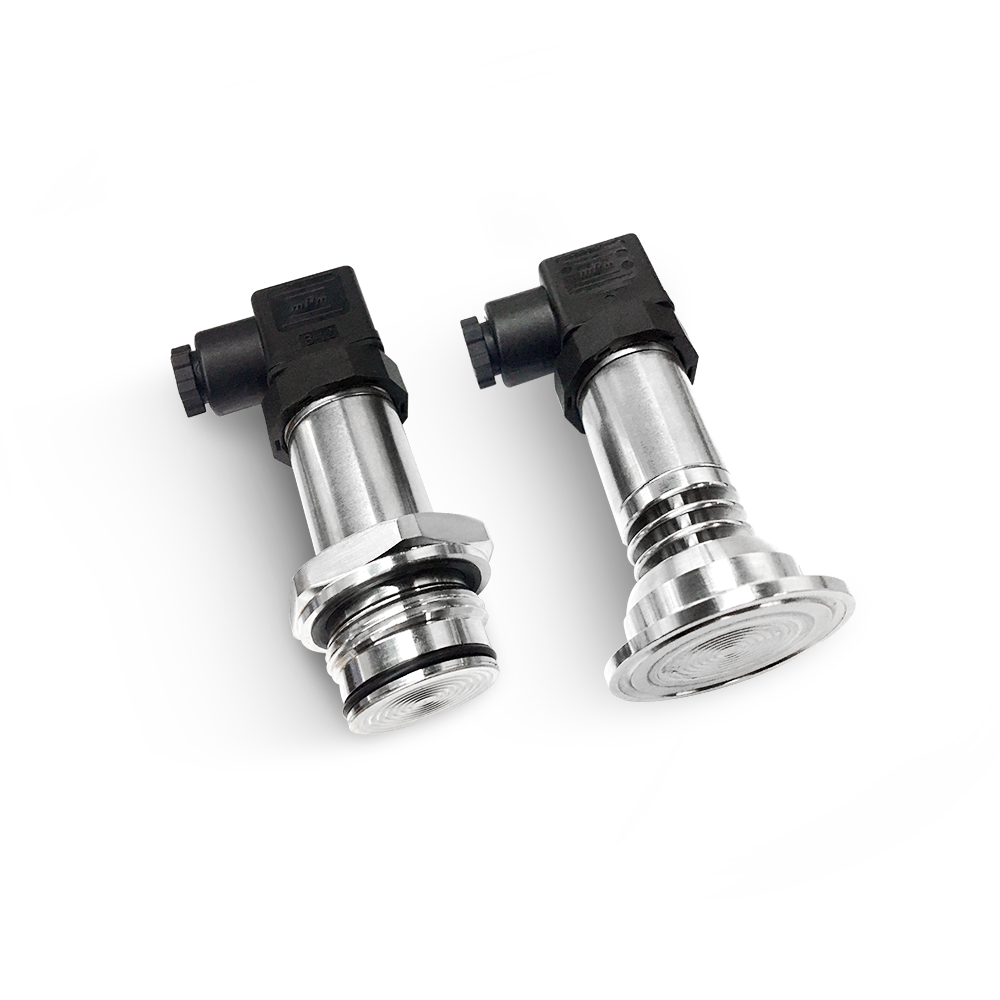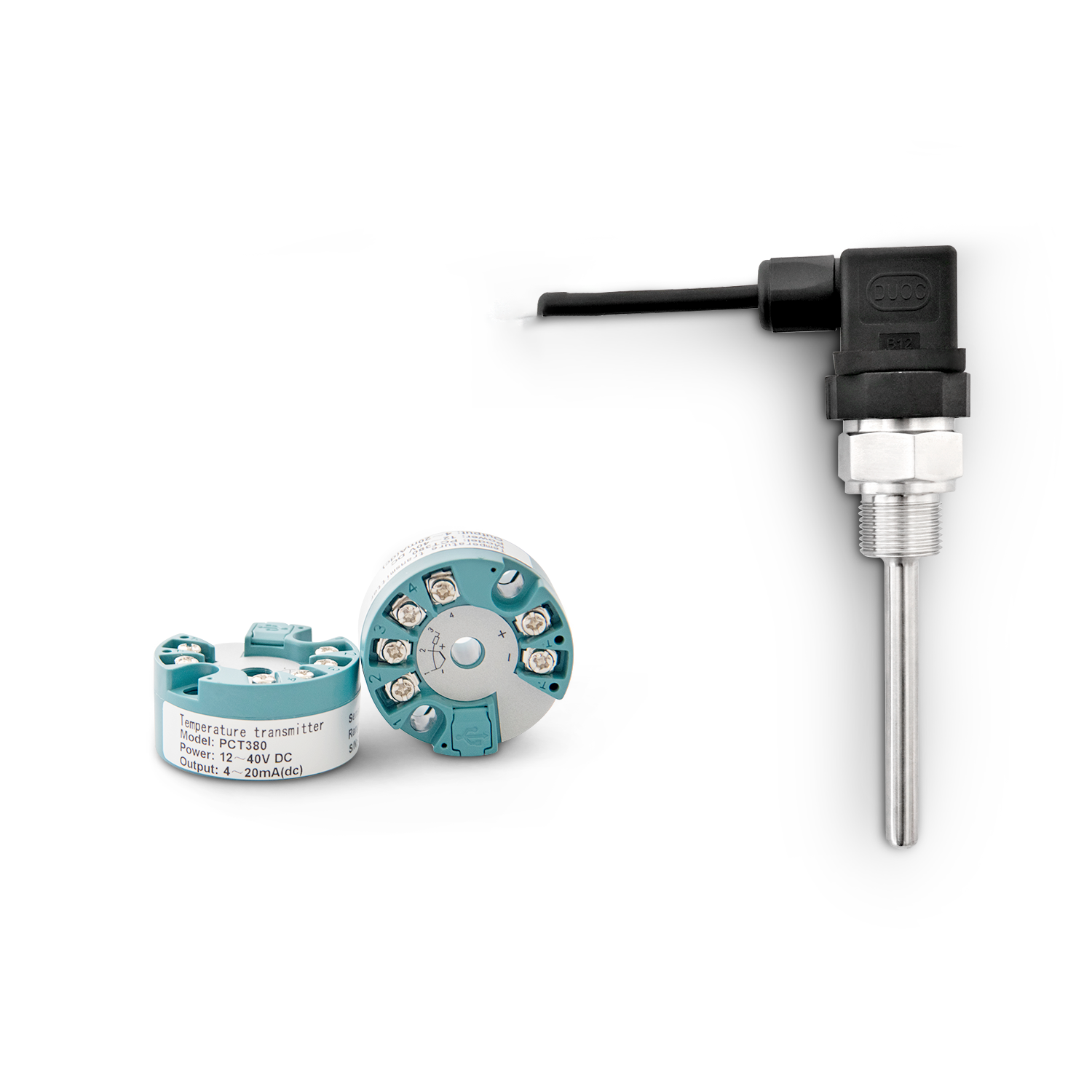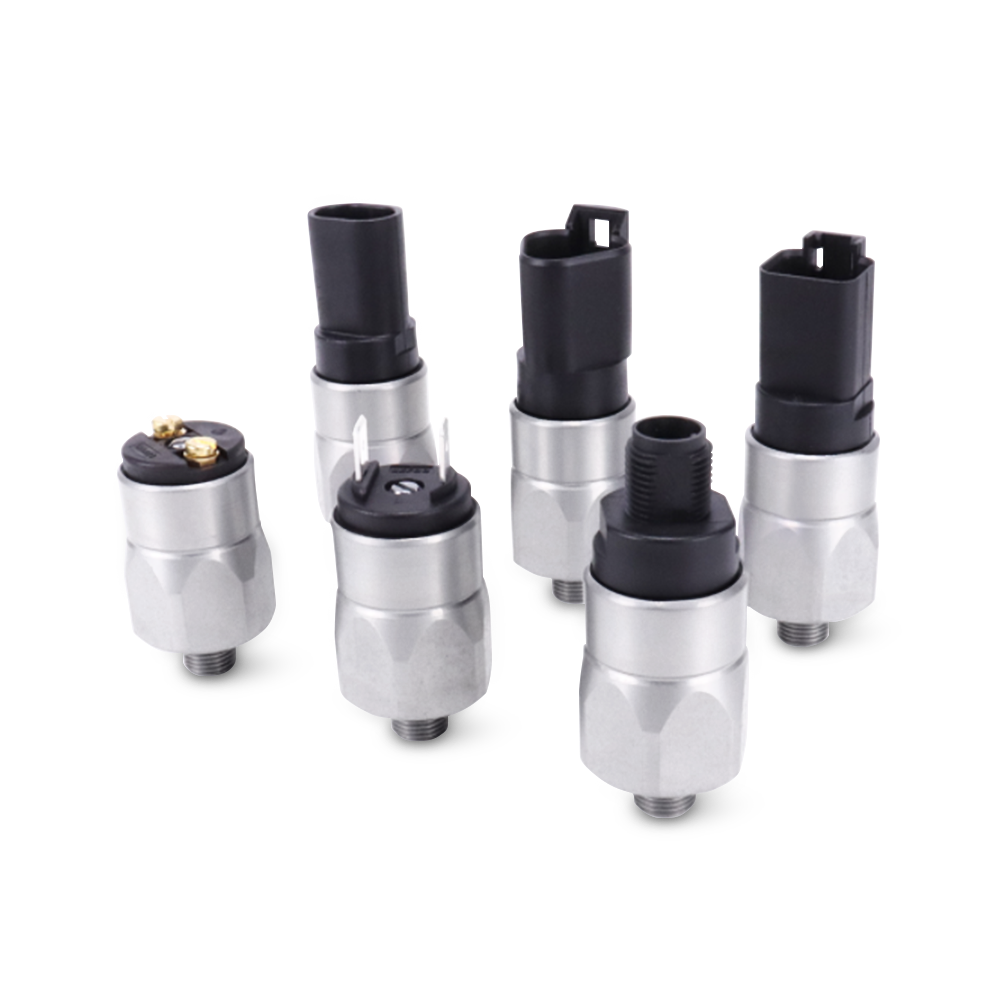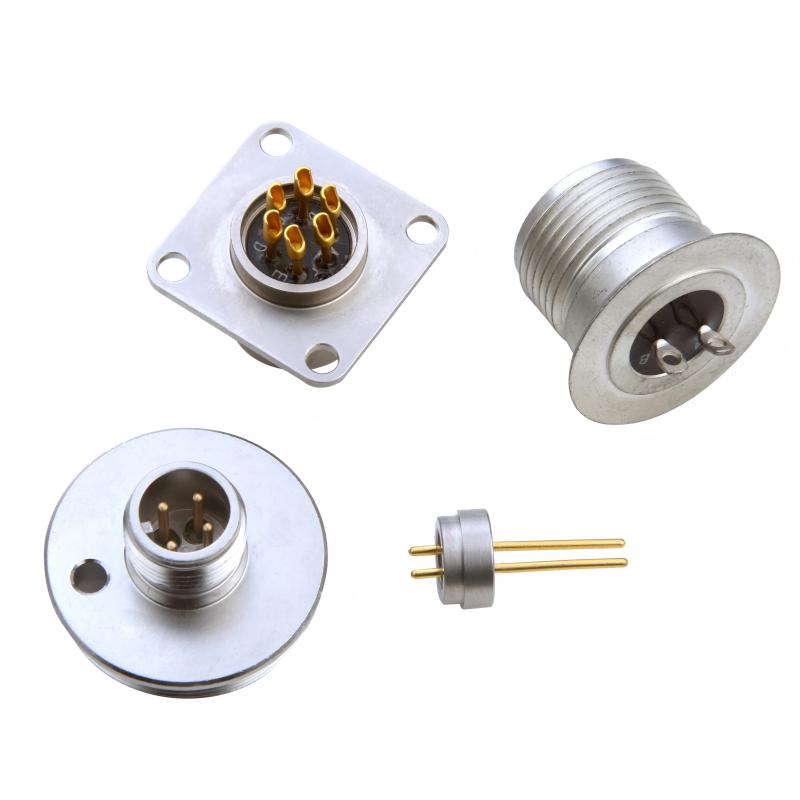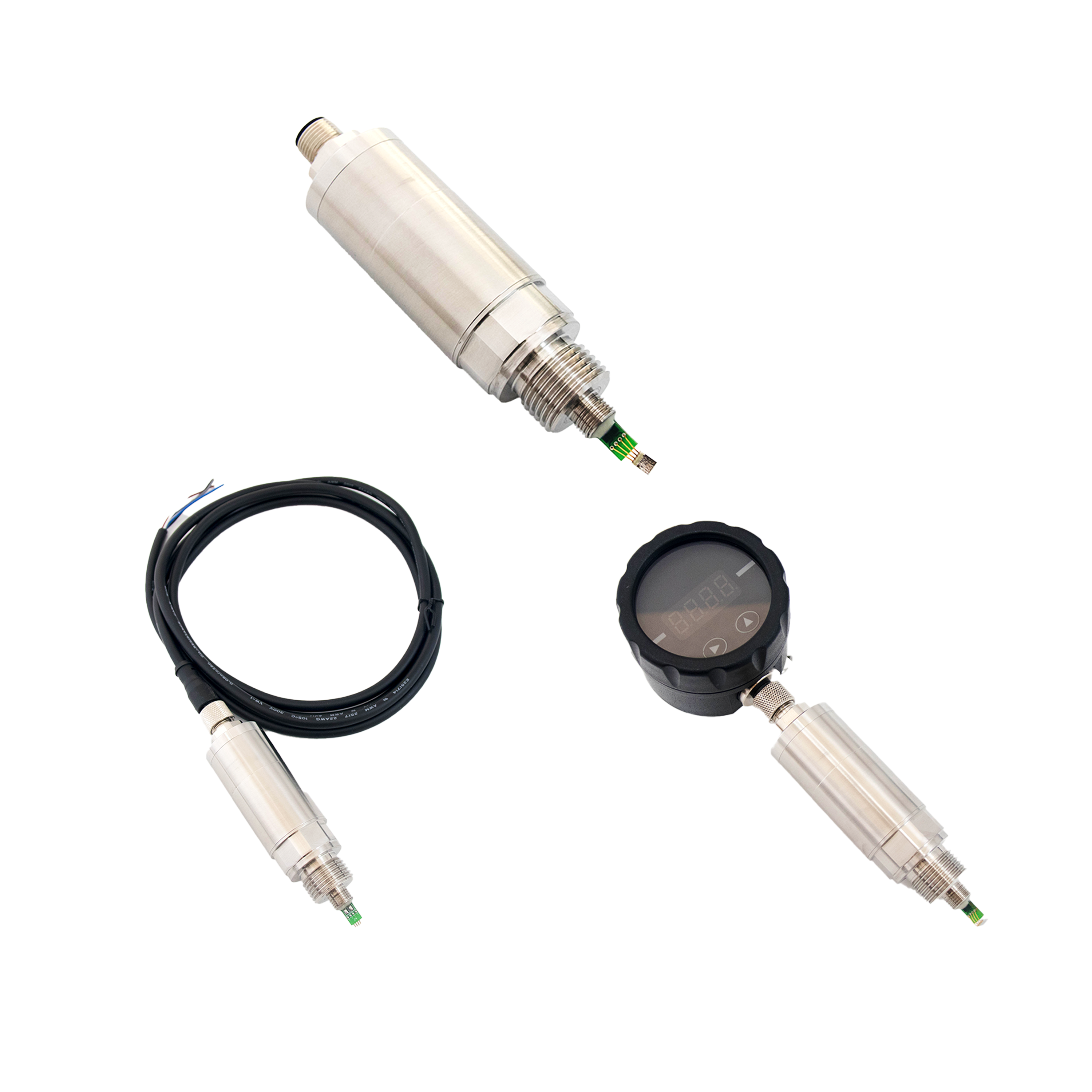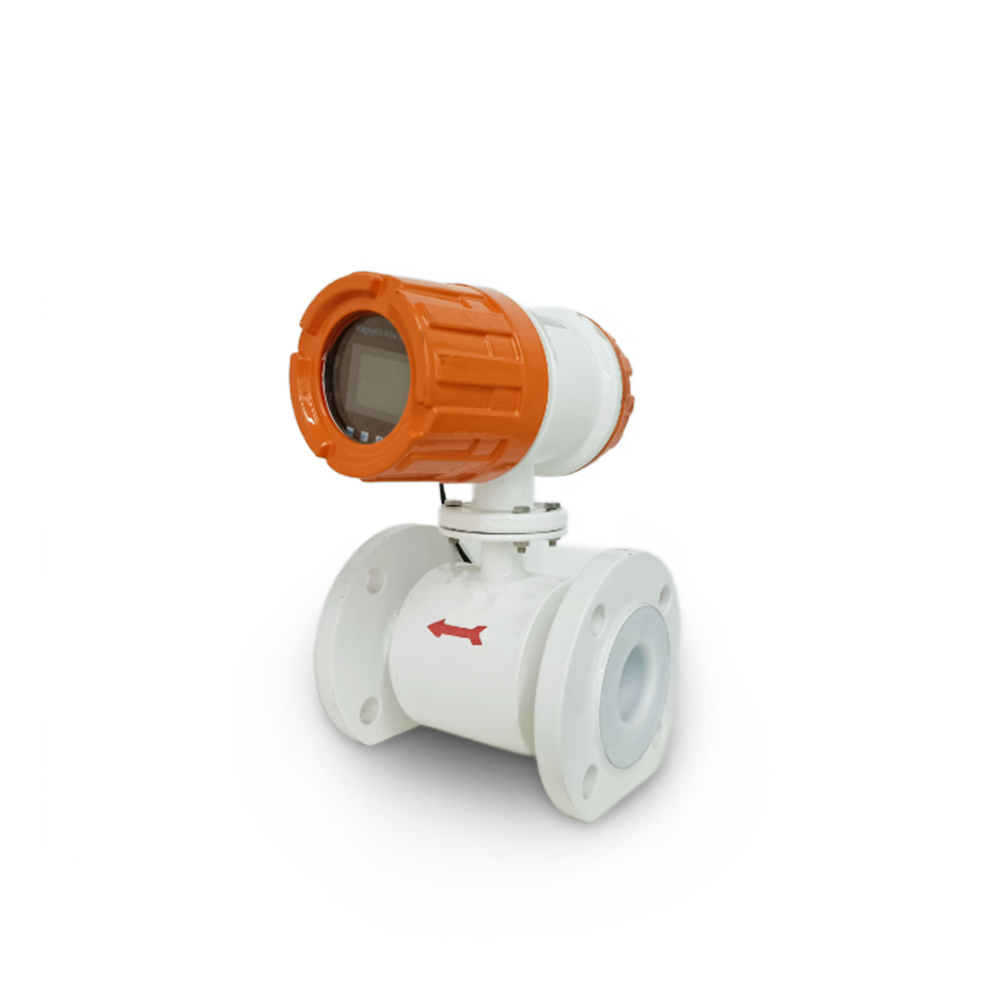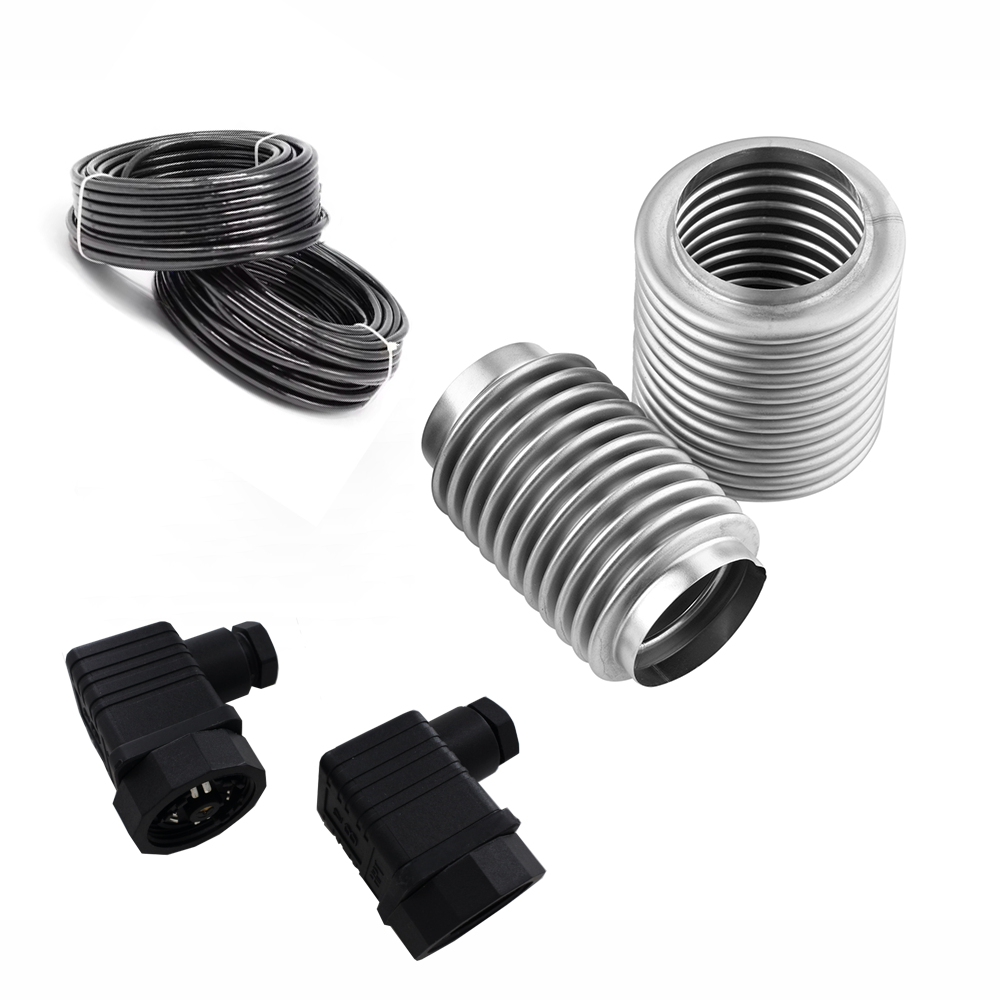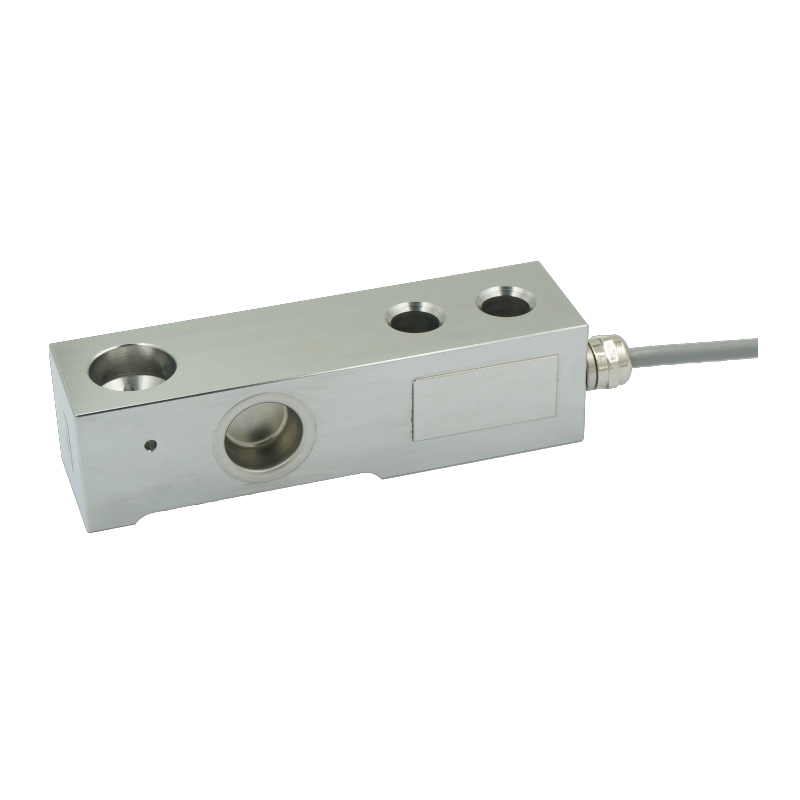PCM390 Pressure Transmitter: Compact, Durable Sensor for OEM Hydraulic & Pneumatic Applications
From: Issued date 2025.05.16 Back
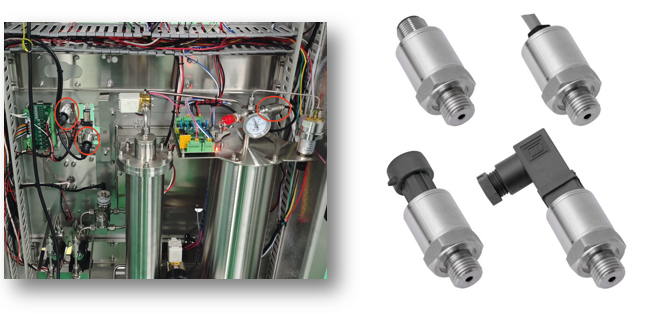
For buyers and engineers sourcing components for hydraulic and pneumatic equipment, choosing the right pressure transmitter is not simply about technical specifications—it's about ensuring machine uptime, reducing maintenance costs, and maintaining consistent performance across thousands of cycles in real operating environments. Whether you're building air compressors, compact hydraulic power units, or servo-driven machinery, you need a sensor that is not only accurate and compact, but also durable, cost-effective, and easy to integrate into mass production.
The PCM390 pressure transmitter is engineered to meet those needs. Developed with OEM applications in mind, it is built for manufacturers and system integrators who require a reliable, high-performance pressure solution that fits into tight spaces, endures harsh conditions, and performs consistently across millions of cycles. From air compressor factories to mobile machinery OEMs and industrial automation equipment builders, the PCM390 helps buyers meet production timelines while minimizing field failure risks and long-term service costs.
Application 1: Booster Pumps in Compact Hydraulic Power Units
Hydraulic power units (HPUs) are used in compact machines like small CNC systems, lift tables, or mobile hydraulic platforms. These systems rely on booster pumps to generate sufficient hydraulic pressure to drive actuators and cylinders.
Challenges in booster pump monitoring include:
1.Small installation spaces within steel enclosures
2.High hydraulic pressures, often up to 16–25 MPa
3.Heat generation, with oil temperatures reaching 80–100°C
4.Pressure spikes during start/stop cycles
5.Frequent pressure cycling, potentially exceeding 10 million cycles
PCM390’s advantage lies in its:
1.Compact HEX22 design, enabling installation in confined HPU enclosures
2.Wide pressure range up to 25 MPa, suitable for medium-pressure hydraulic circuits
3.All stainless steel construction (316L diaphragm), compatible with hydraulic oils and resistant to corrosion
4.High cycle durability, ensuring performance across millions of start-stop operations
Additionally, the fast <10ms response time supports dynamic pressure feedback, which is critical for electronic proportional valve control within smart HPUs.
Application 2: Air Compressors in Industrial Automation
Air compressors—both stationary and portable—are essential in factory automation, powering pneumatic tools, cylinders, and robotic systems. These systems must operate with consistent air pressure for process stability.
Typical challenges in air compressor systems:
1.Continuous operation under vibration and acoustic noise
2.Exposure to high ambient temperatures (up to 80°C) in machine rooms
3.Condensation and oil mist contamination in the air lines
4.Real-time pressure feedback for pressure switches and variable-speed drive control
The PCM390 pressure transmitter is particularly suited to this application through:
1.Robust EMC immunity (IEC 61000-6-2), which ensures stable output even in environments with electrical noise
2.Shock resistance (100g/11ms) and vibration resistance (20g, 25Hz–2kHz) for durability in compressor housings
3.IP65 protection and oil-resistant sensor body to withstand contact with oily condensate
4.Optional current output (4–20mA) for long-distance signal transmission to control panels
In rotary screw and piston compressors, PCM390 helps maintain the optimal pressure band between 6–10 bar, enabling precise feedback control for compressor efficiency and motor protection.
Application 3: Servo Hydraulic Systems in Industrial Machinery
Servo-hydraulic systems are used in plastic injection molding machines, metal stamping presses, and die-casting equipment, where fast, precise control of hydraulic pressure is critical for repeatable manufacturing results.
Operating challenges include:
1.High-frequency pressure modulation within milliseconds
2.Tight space constraints within servo valve manifolds
3.Sensitivity to signal noise, requiring clean, interference-free output
4.Exposure to high-pressure peaks and rapid directional changes
PCM390 meets these servo system needs with:
✔Fast response time (<10ms) suitable for PID feedback loops
✔±0.5%FS accuracy, and low hysteresis and repeatability (≤±0.1%), ensuring precise pressure readings
✔Digital circuit compensation, minimizing signal drift due to temperature changes
✔Customizable output signals, allowing direct interface with servo controllers and PLCs
With its compact form, the PCM390 can be mounted directly into servo valve blocks, making it ideal for dynamic pressure control during mold filling or metal forming stages.
Application 4: Pneumatic Control Panels for Automation Lines
Modern pneumatic control panels manage hundreds of pneumatic lines in food processing, textile machines, packaging equipment, and more. These panels integrate electro-pneumatic regulators, valves, and sensors in a compact layout.
Common challenges in these systems:
Space limitations with multiple sensors installed in tight enclosures
Low pressure measurement (e.g., 35 kPa to 300 kPa) for vacuum and low-pressure pneumatic systems
Mixed media (dry air, filtered air with small water/oil vapor)
Constant exposure to switching noise from solenoid valves
PCM390 is ideal for these installations due to:
Its small diameter and low profile, allowing easy panel integration
Low-end pressure capability starting at 35 kPa, perfect for low-pressure systems
Compatibility with multiple pressure references (gauge, absolute, sealed gauge), supporting different pneumatic measurement needs
High insulation resistance (≥100MΩ/500VDC) and EMC protection, ensuring clean output in electrically noisy environments
This makes PCM390 a go-to solution in OEM pneumatic modules where pressure measurement must be compact, clean, and dependable.
Application 5: Mobile Equipment with Onboard Hydraulic Systems
Construction machinery like mini-excavators, skid steer loaders, or forestry harvesters often include small onboard hydraulic systems. These applications demand rugged sensors that can survive outdoor and mobile environments.
Operating conditions include:
Frequent shocks and vibration during vehicle movement
Rapid thermal cycling between day/night or engine-off/on
Hydraulic oil exposure at temperatures up to 100–105°C
Physical impacts or equipment drop risks
PCM390 is engineered for this environment with:
✔Shock and free-fall resistance (meets IEC 60068-2-27 and -32 standards)
✔Operating temperature range up to 105°C (media) and -40°C to 120°C (storage)
✔PA66 electrical connectors, resistant to weathering and chemicals
✔Compact, welded stainless steel housing for outdoor survivability
With this level of durability, the PCM390 can be embedded into cylinder feedback systems, braking systems, or hydraulic auxiliary controls, providing real-time pressure data to onboard ECUs or telematics modules.
When selecting a pressure sensor for your equipment line or product offering, your priorities are clear: reliability, standardization, ease of sourcing, and long-term ROI. You need a sensor that will survive real-world operating conditions—heat, vibration, pressure cycling, and electromagnetic interference—while delivering stable and accurate feedback to your control systems. At the same time, you can’t afford complicated customization or recurring field failures that compromise your brand’s reputation.
Whether you’re a manufacturer of hydraulic booster units, an air compressor OEM, a pneumatic systems integrator, or a trader serving industrial automation clients, the PCM390 offers a dependable, standardized pressure sensing solution. It helps you deliver reliable equipment to your customers—on time, on spec, and built to last.
This article Tags: pressure sensor pressure transmitter
Back to List
